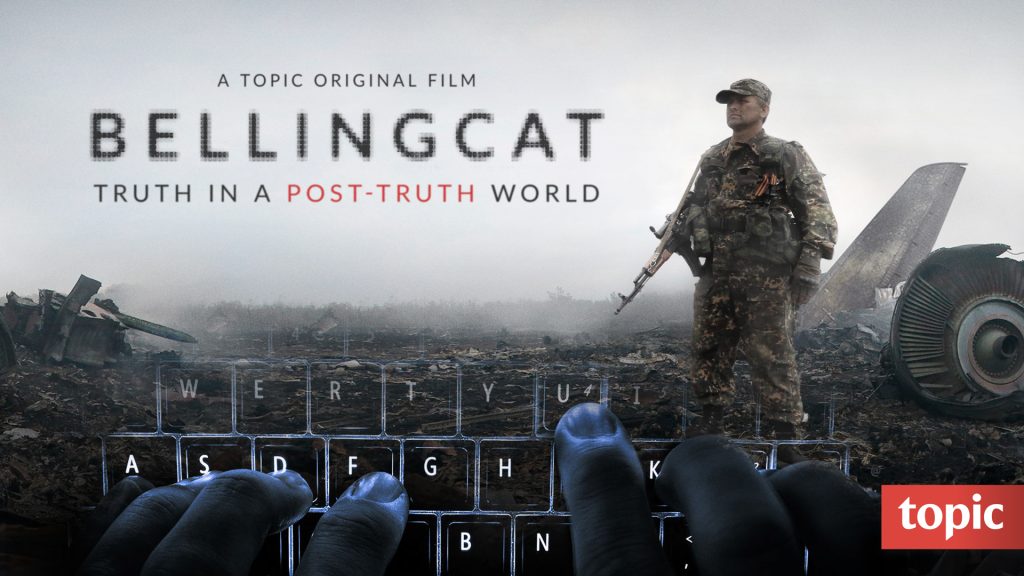As you might notice, I like to make posts about subjects only a few people know about. This post was supposed to be the first post I wrote about journalism in a digital world. However, to tell the story, I needed you to know what OSINT is. Therefore I posted an other blog I encourage you to read my precedent post : OSINT – a new journalism.
Behind a desk doesn’t mean safe.

I do not trust you to make the effort to read my precedent post hence a short definition of OSINT : OSINT stand for Open Source INTelligence. It is a whole set of new methods of journalism that used data online to deduce information.
That said, you understand that there is a major difference between regular journalists and OSINT journalists : the seconds can do their work from behind a desk. But it doesn’t mean they’re always safe. As you might know, the internet can be a very dangerous place. While doing their job, OSINT journalists face different kinds of threats. Indeed they face threats towards their intelligences and toward themselves.

First, their intelligences can be compromised by the very nature of their work. Indeed, gathering information on the internet has some risks regarding the nature of the information and its veracity. For instance, using personal data can be a privacy violation which is illegal in most countries. Also, information on the internet can be fake and – more important – fake news can be widely spread making source diversity useless. this is the functioning of Russian’s troll farms : armies of bots just spreading rumours and fake news on internet. On the other hand, too much information can kill information. Indeed, the internet is a vaste place and they need to focus and know where to look. Else it would just be like looking for a needle in a haystack.

Next, they can be threatened. Going around on the internet can expose journalists to computer viruses of course but also to malicious and dangerous people. Another threat people usually fail to anticipate is governments. OSINT journalists are often researching government related issues. When they are researching other governments, there is a danger but few are the governments that dare to attack someone in another country. However, when they investigate their own governments, it’s an entirely other risk. Last week, a French journalist was arrested by the secret services for having used classified information to report French possible complicity of crime against humanity in Egypt. And even though most occidental countries have laws to protect whistleblowers, they usually don’t protect whistleblowers against them.
Journalism is dead, long live journalism :
As the internet takes more and more place in our lives, some jobs need to evolve, to adapt. Journalism in one of them. Today, every important investigative media has his OSINT team but some – as Bellingcat – were pioneers. Bellingcat is now hosting courses about OSINT as they were part of its invention. They are only funded by donation, please check their work.
This blog is about a subject I am passionate about : journalism. However, I also wrote it as a warning. If journalists are usually on the good side of the story, OSINT methods can be used by anyone to find pretty much anything. Privacy is important and what we post is forever out of our control. Keeping that in mind, we never know how information can be used against us or others. Think of privacy as intimacy. We have nothing to hide doesn’t mean we should walk naked in the streets. This warning might seem alarmist but NGO directives lead the same way as they alert about authoritarian drift in the political world.
Once upon a time, a journalist opened his laptop…
To cheer you up, here is my personal selection of investigations made possible by OSINT. If you liked the subject and you’re curious about it, check these stories !
Investigation on the Syrian War:
– Media: Bellingcat.
– Details: Bellingcat has been widely recognized for its use of OSINT in investigations related to Syria, including video verification, satellite photo analysis, and tracking military activities. They pointed out crimes against humanity and the use of Russian weapons.
Skripal Case:
– Media: The Guardian, BBC, and other British media.
– Details: Several reputable British media outlets used OSINT to track the movements of suspects, examine surveillance camera recordings, and analyze flight data in the Skripal case. They were able to prove the involvement of Russian in the assassination of their former agent and his daughter using novichok.
Investigation into Cambridge Analytica:
– Media: The Guardian, among others.
– Details: The investigation used OSINT to examine the collection and use of personal data by Cambridge Analytica. The use of open sources revealed how data from millions of Facebook users was exploited for political purposes. Great netflix documentary.
Some more ressources :
Some ressources I used to write this post deal with specific subject on the matter. To specific to be in this blog yet fundamental to understand this new digital world we are living in :
- Amnesty international – The right to privacy in the digital age.
- Vox (with Bellingcat) – What facial recognition steals from us.
- 60 Minutes – How Bellingcat tracked a Russian missile system in Ukraine.
- Not journalism but the documentary “Don’t F**k with cats” on Netflix is a superb example of OSINT. It’s web sleuthing but that is another subject.
- About whistleblowers : they are an important part in OSINT work as they often point where to look. Sadly they often are menaced by their own government for doing such. Here are some guidelines from an NGO on how government could deal with this in an ethic way.
Thank you for reading this, I hope you will dig this subject as I find it so interessant. Note that if you speak french, I have a lot more ressources for you.



Recent Comments